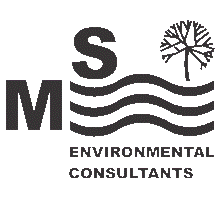Site Assesments

Environmental site assessments are performed to determine soil and groundwater media contamination resulting either by pollutants released to the environment from current facility operations or from previous industrial activities/land use.
Additional potential source(s) of contamination are industrial facilities located in the general area that have a potential to release contaminants to the subsurface environment.
M.S. Environmental Consultants provides professional services to perform site environmental assessments. Typically, environmental site assessments include:
- Collection of soil and groundwater samples using various sampling techniques
- Identification and analysis for suspected contaminants of concern
- Data evaluation
- Determination of groundwater flow direction
- Identification of groundwater classification
- Delineation of lateral and vertical extent of contamination
- Identification of most appropriate and cost-effective remediation option.
Commercial Property Assesments

The purpose of Phase I environmental assessment is to identify recognized environmental conditions in connection with industrial/commercial properties and residential subdivision properties.
American Society for Testing and Materials (ASTM) had developed guidelines for performing Phase I site environmental assessment s(ESAs). Financial institutions mandate completion of Phase I environmental assessments prior to approving loans applications. M.S. Environmental Consultants has been providing Phase I environmental support services for over 19 years.
Phase II ESAs are performed based on the findings of Phase I ESAs and include collecting additional information on recognized environmental conditions that were identified during Phase I ESAs. Phase II ESAs normally include:
- Performing sampling of soil and groundwater
- Confirming presence of lead-based paint and asbestos-containing building materials
- Identification of extent of contamination
- Evaluation of health and environmental risks
- Identification of appropriate corrective action.


